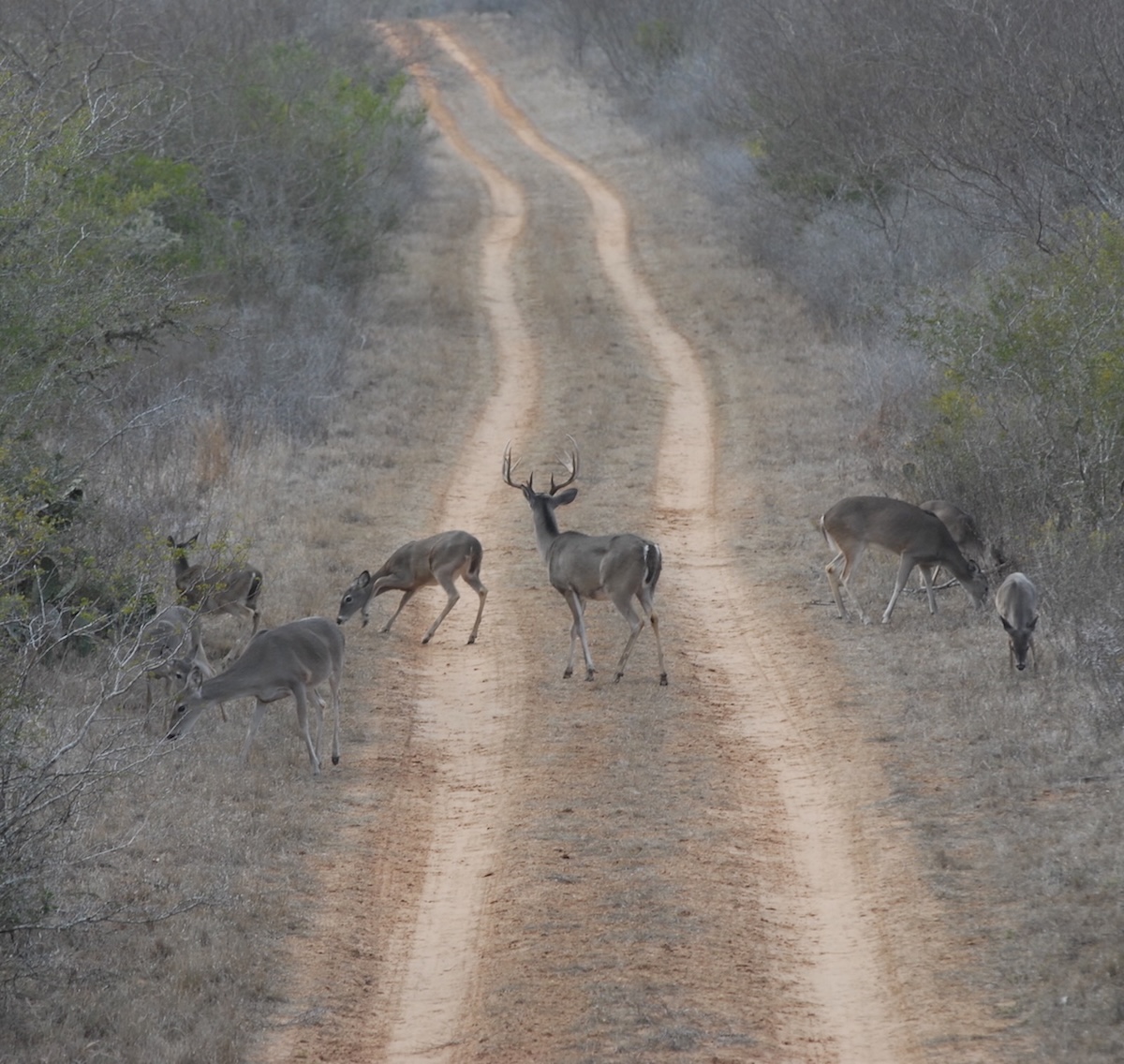South of the Border: Efforts ramp up to stop screwworm short of the US
Published 11:18 am Friday, July 4, 2025
It was the early 1960s, but I vividly remember being at a summer camp just west of Kerrville when something drifted down from a low-flying airplane.
Seeing a plane in those days was odd. Seeing one that low was even more unusual.
But the kicker was someone throwing things out, well that made no sense at all to a young kid.
Trending
Being curious, I walked over to one of the objects on the ground. At first glance it looked like half of an egg carton, but when I opened it I saw flies fly away.
It was not until years later that I understood what was going on. It was a multi-agency effort to eradicate screwworm. Screwworm is not a disease, but rather are the larva or maggots of the New World screwworm flies. The flies lay eggs in open wounds or orifices of live tissue such as nostrils, eyes and mouths or cuts of livestock and wildlife.
The eggs hatch and the maggots burrow into flesh with sharp mouth hooks causing the wounds to become worse and potentially causing death to the animal.
Screwworms were causing major losses not only to livestock, but also deer and deer population growth especially in South Texas and to a degree in the Hill Country. I remember then seeing very few deer in Kerr County when compared to the numbers today.
“Areas such as South Texas would’ve been impacted the most and experienced a decline in the ecoregion population. The statewide white-tailed deer estimate during the 1950s hovered between 500,000 and 1,000,000 deer, and by the 1970s and after the eradication of NWS in 1966, the white-tailed deer population had quickly reached over 3 million deer,” said Blaise Korzekwa, Texas Parks and Wildlife Department Wildlife Division’s white-tailed deer program leader.
The air drops I saw were boxes of sterile male flies. The female NWS only mates once in its lifetime so after mating with the sterile males they would lay nonviable eggs and die.
Trending
The idea of sterile flies was a novel concept that was the result of research into the situation. The releases were started in 1962, and by 1966 the screwworm had been eradicated in the U.S. and much of North and Central America. But not all of it, and today screwworms are being considered such a major threat the U.S. Department of Agriculture is once again quickly ramping up production of up to 300 million of the flies a week at facilities in South Texas to combat the growing threat.
Unlike in the 1960s, the screwworm fly has yet to make it to the U.S. Currently the closest outbreak is 600 miles south in Mexico, but they have been rapidly moving north for the last two years.
In 2023, NWS detections in Panama exploded from an average of 25 cases per year to more than 6,500 cases in one year. Since then, screwworm has been detected in Costa Rica, Nicaragua, Honduras, Guatemala, Belize, El Salvador, and Mexico.
Unless breaking research comes up with something new, it appears the sterile fly will again be the key to control. In February, the USDA’s Animal and Plant Health Inspection Service announced it was shifting release of the sterile flies into Mexico to attempt to contain the outbreak.
The USDA is not the only federal or state agency monitoring the situation.
“TPWD has been actively engaged in multiple advisory groups made up of state and federal agencies, private landowners, researchers and stakeholders. The department also has an internal working group developing training and education materials. Our role is to work directly with landowners, hunters, and the public to provide resources and education materials to ensure Texas can respond swiftly if NWS were to arrive in Texas. Although TPWD is tasked with managing the state’s wildlife resources, NWS can impact any warm-blooded animal, and we are working jointly with the Texas Animal Health Commission to ensure the health and safety of both livestock and wildlife in Texas,” Korzekwa explained.
If they were to get here, about the only potential positive would be a slight chance at reducing wild pig numbers in some areas. But it looks to only be a slight chance.
“Any warm-blooded animal will be impacted by NWS, but feral hogs seem to be impacted less than other wildlife and livestock species. Their thick hide tends to reduce the number of lesions that occur on their body and reduces their susceptibility to NWS. Research from South America indicates that adult male feral hogs are more susceptible due to their aggressive behavior between other adult males, which creates wounds for NWS to infest, but feral hogs are more resilient to NWS infestation than other wildlife and livestock species,” Korzekwa noted.
He added that the upside is that with previous successful experience and a good head start, right now if screwworms were to cross the Mexican border into the U.S. the impact should be minimal this time.
“If NWS were to come to Texas, I don’t expect the mortality rate to be as great as in the 1950-60s. NWS were found throughout much of the state in the 50s and 60s, and this time we’ll be able to start control measures as they begin to arrive rather than after they’ve already been established,” Korzekwa said.
Contact Steve Knight at outdoor@tylerpaper.com.







